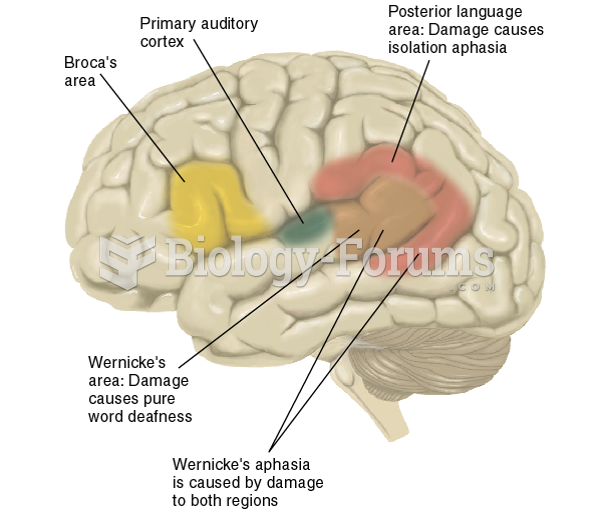Answer to Question 1
ANSWER:
One theory proposes that children learn language through conditioning and imitation. Children may learn syntax because of the way their parents reinforce them. Modeling or imitation of the parents' speech is also important. However, neither conditioning nor imitation seems entirely adequate to explain how children learn language. The evidence against behavioral theories comes from children's tendency to overgeneralize rules of syntax. Children must still analyze for themselves the underlying patterns in the language examples they hear.
The other theory, whose main proponent is linguist Noam Chomsky, suggests that human beings possess an built-in universal grammar that processes speech and allows children to understand the regularities and fundamental relationships among words. There is some evidence, though not a great deal, to support this theory. For example, there is some similarity in the syntax of all languages. Children born deaf and never exposed to language make up general systems that have several properties of natural spoken language.
Answer to Question 2
ANSWER:
Psychologists have discovered a number of aspects of human decision making that produce less than optimal outcomes. First, humans often feel worse about negative utilities than they feel good about positive utilities of the same magnitude. This is known as loss aversion. Second, the utility of gains and losses often depends on the reference point from which the judgment is made. This reference point is often arbitrary and influenced by irrelevant factors, leading to judgments that are inappropriate. Another problem is that people often overestimate low probabilities and underestimate high ones. In addition, people often mistakenly believe that outcomes of random processes should even out over relatively short runs of trials; this is known as the gambler's fallacy. Finally, research indicates that people may often be inappropriately confident in their decisions. This often takes the form of overconfidence in the accuracy of one's predictions.







